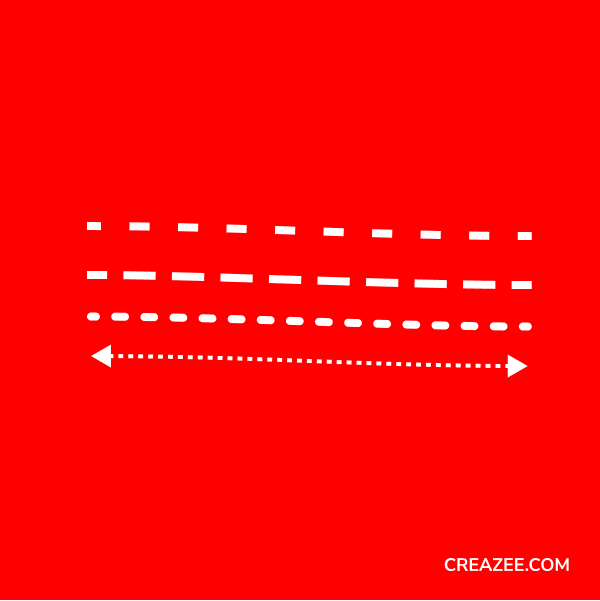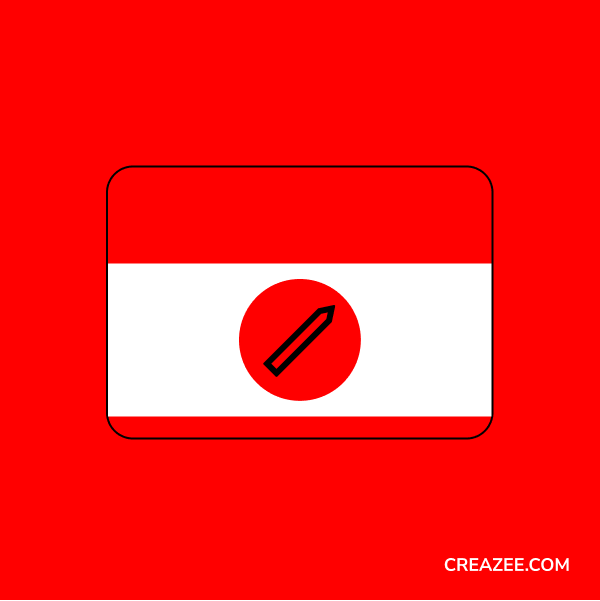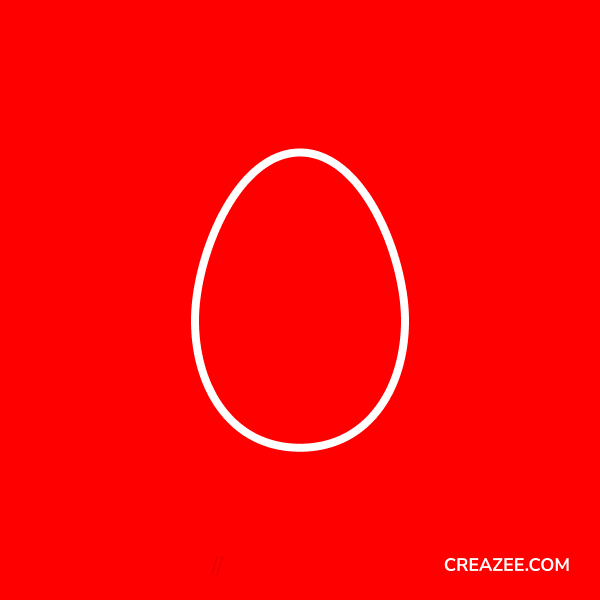In free-flowing writing, you dump your brain in a fixed amount of time. You just write whatever is coming through your mind. There’s no judgment. There’s no preset topic. You just write.
Usually, in the beginning, you will produce mumbling and useless words. The more you do it, the more meaningful things start to emerge. Your goal is to reach a creative flow status where you are entirely concentrated and you’re listening deeply to your inner voice.
It might be surprising, painful, amazing, especially when you reach a deep communication level with your intimate mind’s voice. The final goal of this exercise is to transcribe your deepest thoughts.
Transcribing means being like a journalist, a reporter. You’re writing down what you hear. You should be asking yourself questions to this voice you hear as if you were another person observing.
You become an observer of your talking mind.
The more you let it talk, the more elaborated and structured thoughts you will discover.
Capture those pearls like a diver in the depth of the sea with limited oxygen. It’s going to end soon. Be concentrated, careful, calm. And, quick! Get those shiny thoughts before coming back to the surface.
It’s a powerful exercise because you have complex outcomes regarding feelings, feedback, and discoveries. If done well, It can leave you quite confused, which would be good.
At the end of this exercise, you won’t have something to publish. You might want to keep it private. You can share it, but you’re not supposed to revise it at all. It needs to be a flow as it is. You won’t fix any mistake unless you realize that the concept you wanted to capture needs to be expressed better because you have a fresh mind about it. So do it. But your goal is not to fix the commas nor to change the style. It should remain raw.
Stop and reflect on the experience
Wrap it up and reflect. The most important questions are about not what you have written but how you feel. So how do you feel about that when you ended? Do you feel excited? Scared? Recharged? Curious? Do you feel like you want to do it again? Do you feel like you will never do it again? And of course, you should always add to those questions the most magical question that is: why? Why do you feel like that? Why do you want to do it again? Why don’t you want to do it again?
Then, reflect on the process. Were you able to concentrate without distractions? At a certain point, were you able to go so deep into a meditation state that you almost forgot about where you were, what you were doing, the environment around you?
The best thing that could happen to you is that you forget you are typing on a keyboard or a pen. You forget about the physicality of your body. You become one with the writing technology. There’s no distinction between your mind, your arms, your fingers, and the keyboard or the pen, and the paper or the screen.
With your eyes, you’re looking at your thoughts materializing on the screen, which is still your inner voice talking. So you need to close this feedback loop and be one with it and forget about the steps and the bridges in the middle. You need to be in the flow. There’s no distinction between your inner voice talking, your typing, and the words materializing in front of your eyes.
This is you.
Were you able to reach the state? Would you like to try again to reach this state and tell me how it went? What does it do to you? Do you feel better? Do you feel worse? How do you feel? Why? How does this contribute to your focusing skill and the quality of your thoughts?
So there’s a lot to say about this exercise. And I strongly recommend it to you all. It’s useful to repeat it many times. Every day, you should have your ritual of 30 minutes of free-flowing writing. It’s for yourself, it doesn’t matter about publishing or doing exercises or demonstrating something to somebody, it’s for yourself, and you should do it every day.
The more you do it, the more you change. You will feel you have changed. You will be more aware of your brain functioning, of the things you think, of the things you say. You will be able to get out of the context of those thoughts and to see those concepts from a distance.
Bad, good, interesting. Curious, revealing? You will tell. If you’re not used to this experience, you will have revelations.
Store your draft in a safe place. Forget about it for at least 24 hours.
The next step will be about reviewing your piece in search for interesting things.










